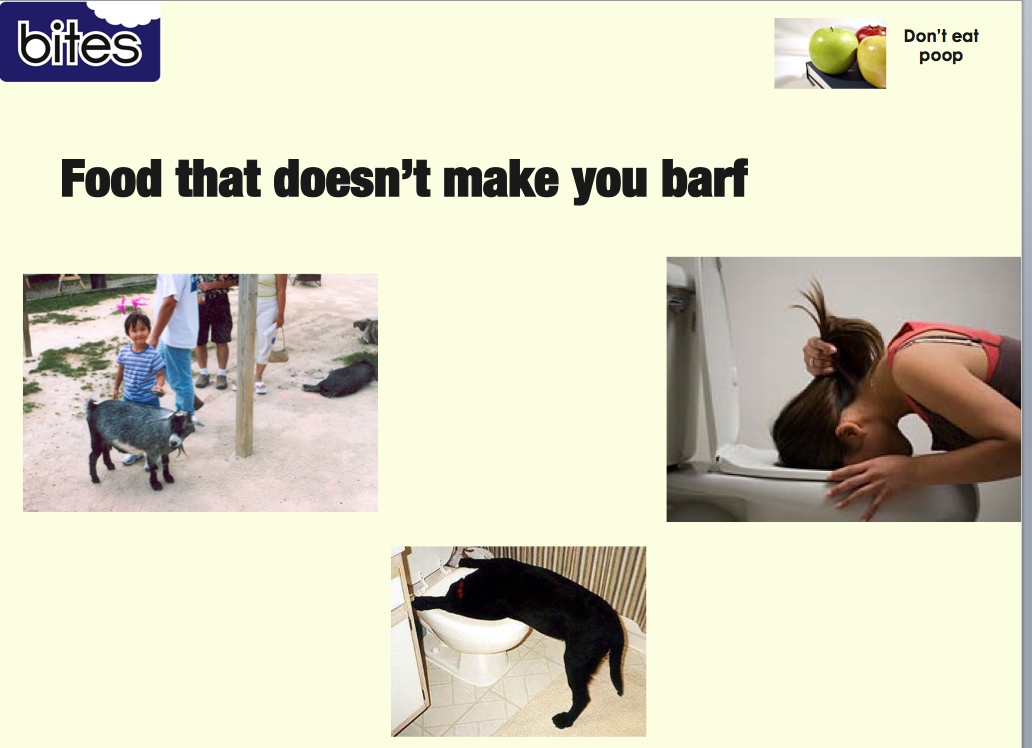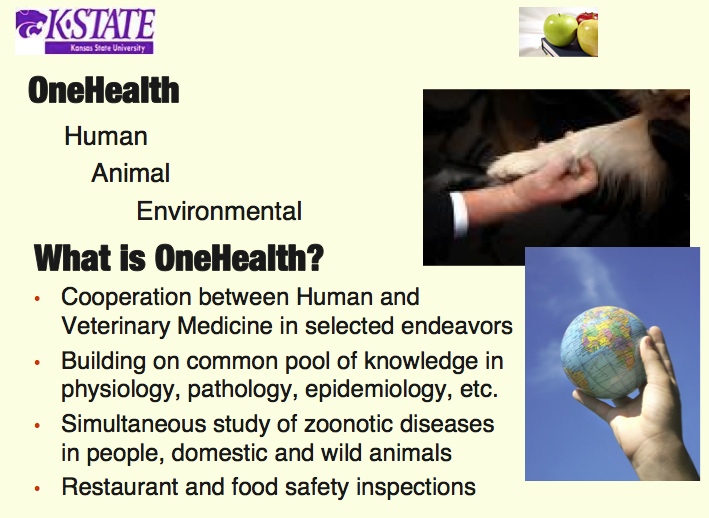Safe food is food that doesn’t make people barf. Or animals.
That’s the essence of One Heath. Things that make people and animals sick.
 The American Medical Association and the American Veterinary Medical Association have approved resolutions supporting ‘One Medicine’ or ‘One Health’ that bridge the two professions. Rudolf Virchow, the Father of Modern Pathology, and Sir William Osler, the Father of Modern Medicine, were outspoken advocates of the concept, which was re-articulated in the 1984 edition of Calvin Schwabe’s Veterinary Medicine and Human Health.
The American Medical Association and the American Veterinary Medical Association have approved resolutions supporting ‘One Medicine’ or ‘One Health’ that bridge the two professions. Rudolf Virchow, the Father of Modern Pathology, and Sir William Osler, the Father of Modern Medicine, were outspoken advocates of the concept, which was re-articulated in the 1984 edition of Calvin Schwabe’s Veterinary Medicine and Human Health.
Today, the Food and Agriculture Organization of the United Nations said governments could save billions of dollars by stepping up the prevention and control of high impact animal diseases, some of which pose a direct threat to human health.
?Many other animal diseases have a negative impact on people’s livelihoods. Pandemic influenza viruses H5N1 and H1N1, foot-and-mouth disease, Rift Valley fever, and rabies are among the more recent disease outbreaks.
Land use, ecological dynamics including climate change, and expanding trade and trade routes are all posing new challenges to animal disease prevention and control, the UN agency warned.
These emerging threats are also related to increased urbanization and strongly growing urban demand for meat, milk and eggs. A rapid increase and intensification in poultry, production in East Asia translated into a five-fold increase in duck meat output between 1985 and 2000. In 2008, over 21 billion animals were produced for food globally, a figure expected to rise by fifty percent by 2020.
FAO, in partnership with the World Organisation for Animal Health and the World Health Organization has adopted a One Health strategy to more effectively detect and combat these new pathogens.
 Drawing on the agency’s experience in past animal health emergencies, the One Health initiative aims to make a key contribution to the global response to disease outbreaks, implementation of effective prevention and containment strategies and management of risks of disease emergence, including improving knowledge of disease-emergence drivers in livestock production and in associated ecosystems.
Drawing on the agency’s experience in past animal health emergencies, the One Health initiative aims to make a key contribution to the global response to disease outbreaks, implementation of effective prevention and containment strategies and management of risks of disease emergence, including improving knowledge of disease-emergence drivers in livestock production and in associated ecosystems.
Special attention of the programme is given to risk communication at all levels of action.
